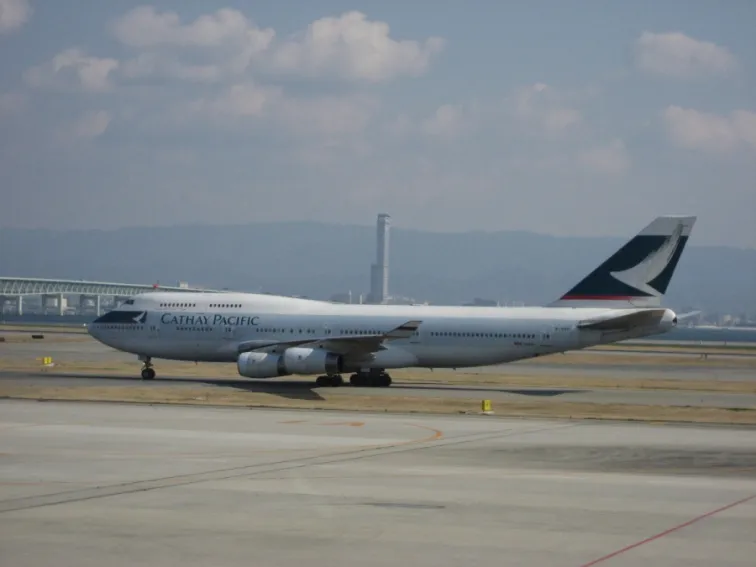
Why Cathay Pacific's first half results were really disappointing
Passenger volumes declined substantially.
According to Barclays Research, Cathay Pacific’s 1H13 volume growth and load factors disappointed compared to its forecasts. Thus, Barclays reduced its 2013-15E EPS forecast by 68%, 72% and 65%, respectively.
Here's more:
At 0.9x 2014E P/B, the stock seems expensive vs APAC peers’ average of 0.8x; a premium we no longer view as justified because of Cathay’s relatively lower ROE.
We reduce our PT to HK$12.12 (from HK$15.41), which is now based on a 2014E P/B of 0.8x (from 1.0x), in line with APAC peers. We expect nearterm headwinds from weak 1H13 earnings, but expect a mild recovery in earnings in 2014-15E.
We maintain our EW rating on Cathay Pacific, and see better value in China Eastern (670 HK; OW) trading at 0.7x 2014E P/B with a relatively higher ROE.
Expect a weak 1H13: We forecast 1H13 EPS of HK$0.15 vs HK$(0.24) in 1H12, which, while seemingly strong, equates to annualized ROE of only 2% vs Thomson consensus’ full-year 2013E estimate of 4.5%.
Passenger volumes declined substantially on longhaul routes in 1H13 and cargo volume and yield continued to decline y/y.
Expectations too high: Based on our estimates, we would need passenger yield to grow 10% in 2013E and another 5% in 2014E to achieve the consensus EPS for 2013E and 2014E, all else equal. We find that assumption very demanding, given the intense competition in place and hence expect market expectations to correct upon 1H13 results which will update the market with more concrete trend of the passenger yield.
Mild recovery in 2013-15E: For 2013-15E, we forecast EPS growth of 70%, 35% and 70%, respectively, driven mainly by passenger volume growth and yields increases.
Despite such seemingly strong earnings growth, this translates to ROE of only 2.7%, 3.6% and 5.8%, respectively.
We expect ROE to remain depressed below 10% for the foreseeable future, given lackluster demand growth, increased competition from local Chinese carriers (LCC) and persistently high fuel prices.
Catalysts & risks: The upside catalysts include 1) stronger-than-expected economic growth; 2) less-than-expected competition; and 3) a lower-than-expected fuel price leading to lower-than-expected operating costs.
The downside risks include: 1) increased competition from LCCs; 2) airport congestion at Hong Kong Airport; and 3) eruption of infectious diseases.








![Cross Domain [Manu + SBR + ABF + ABR + FMCG + HBR + ]](https://cmg-qa.s3.ap-southeast-1.amazonaws.com/s3fs-public/styles/exclusive_featured_article/public/2025-01/earth-3537401_1920_4.jpg.webp?itok=WaRpTJwE)









 Advertise
Advertise


